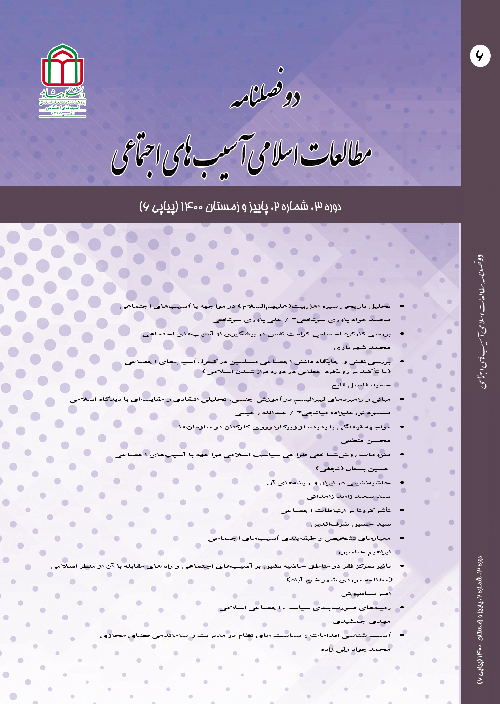The logic of classifying social injuries in the Qur'an and hadiths
Recognizing the logic of classifying various types of social harms from the perspective of the Qur'an and hadiths is an important issue that has been less studied. By what criterion or criteria can such a goal be achieved? Reflection on verses and hadiths shows that there is a hierarchy of deviations that can be classified by multiple criteria. The severity and importance of forbidding an issue, insisting on committing anomalies and sins, promoting and revealing it in society, and belittling it are among the criteria specified in the narrations as a criterion. What they have in common is that any sin that shows a person's lack of worship or religious observance, or that committing it undermines values in society, is one of the great anomalies that is called a great sin. In addition, to understand the wisdom and criterion of the severity of the prohibition of an anomaly in Islam, one can be arrogant towards religion, what changes the Islamic identity of the individual and society, and weakening the capabilities of society are among the criteria that can lead to a series of deviations and social harms. Classify below.
-
The Relationship Between Functional Explanation and Explanation Based on Benefits and Harms in Islamic Jurisprudence
Sayed Mostafa Hoseinisirat *, Nasrollah Aghajani, Mahdi Soltani, Ehsan Rafie Alavi
The Quarterly Journal of Islam and Social Studies, -
The Developments of Social Thought in the Qom seminary in the Last Century
Nasroallah Aghajani*
Journal of Social Cultural Knowledge,



